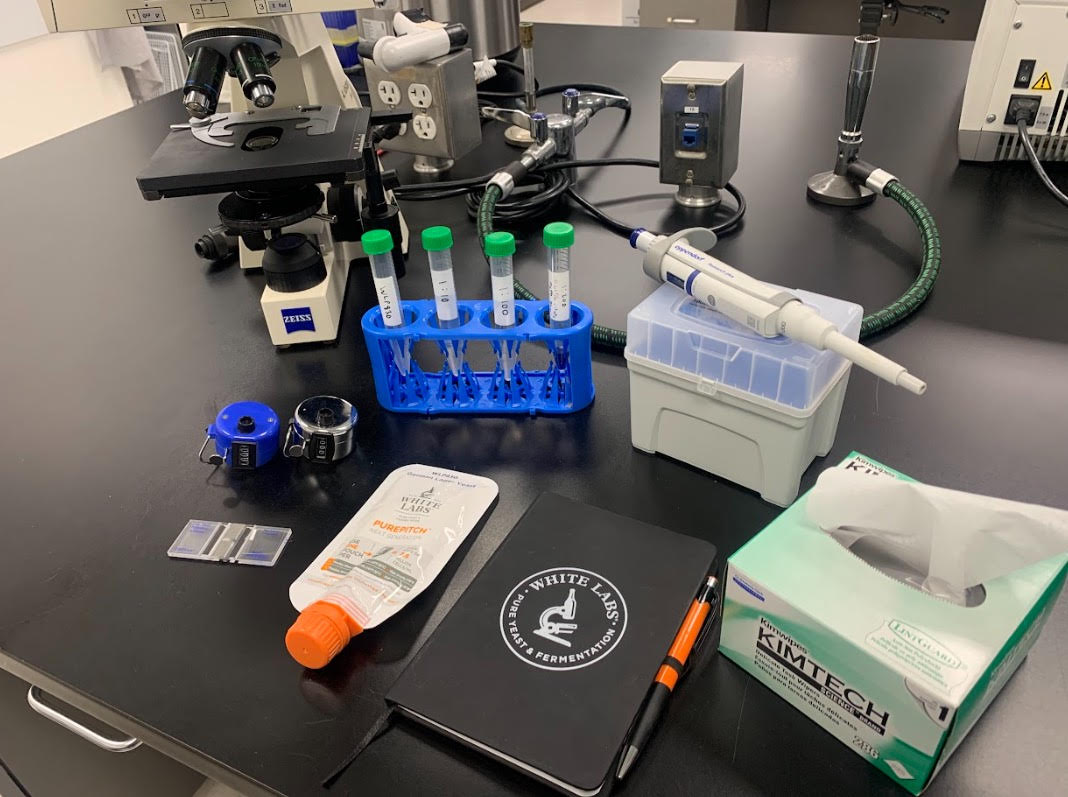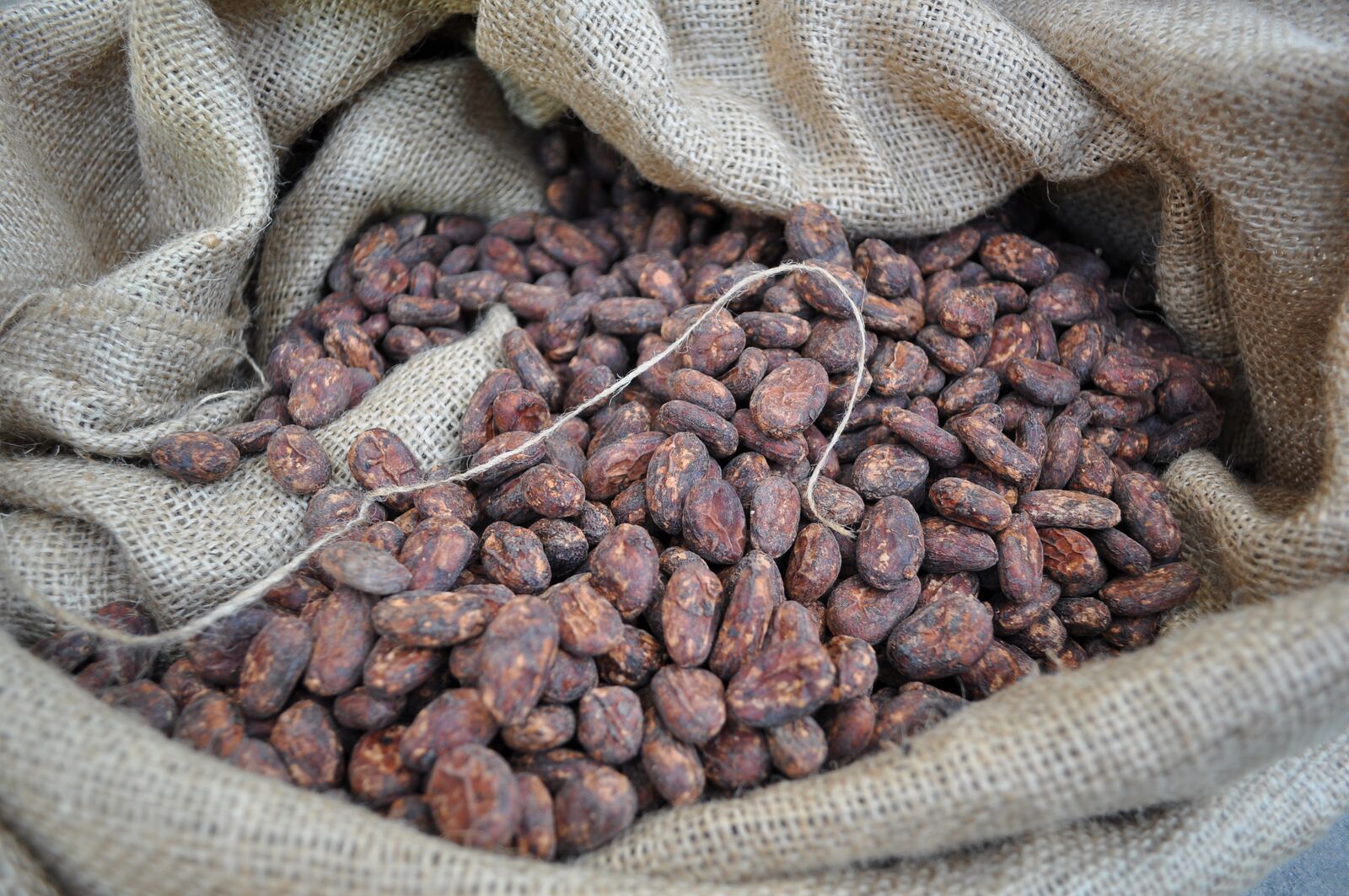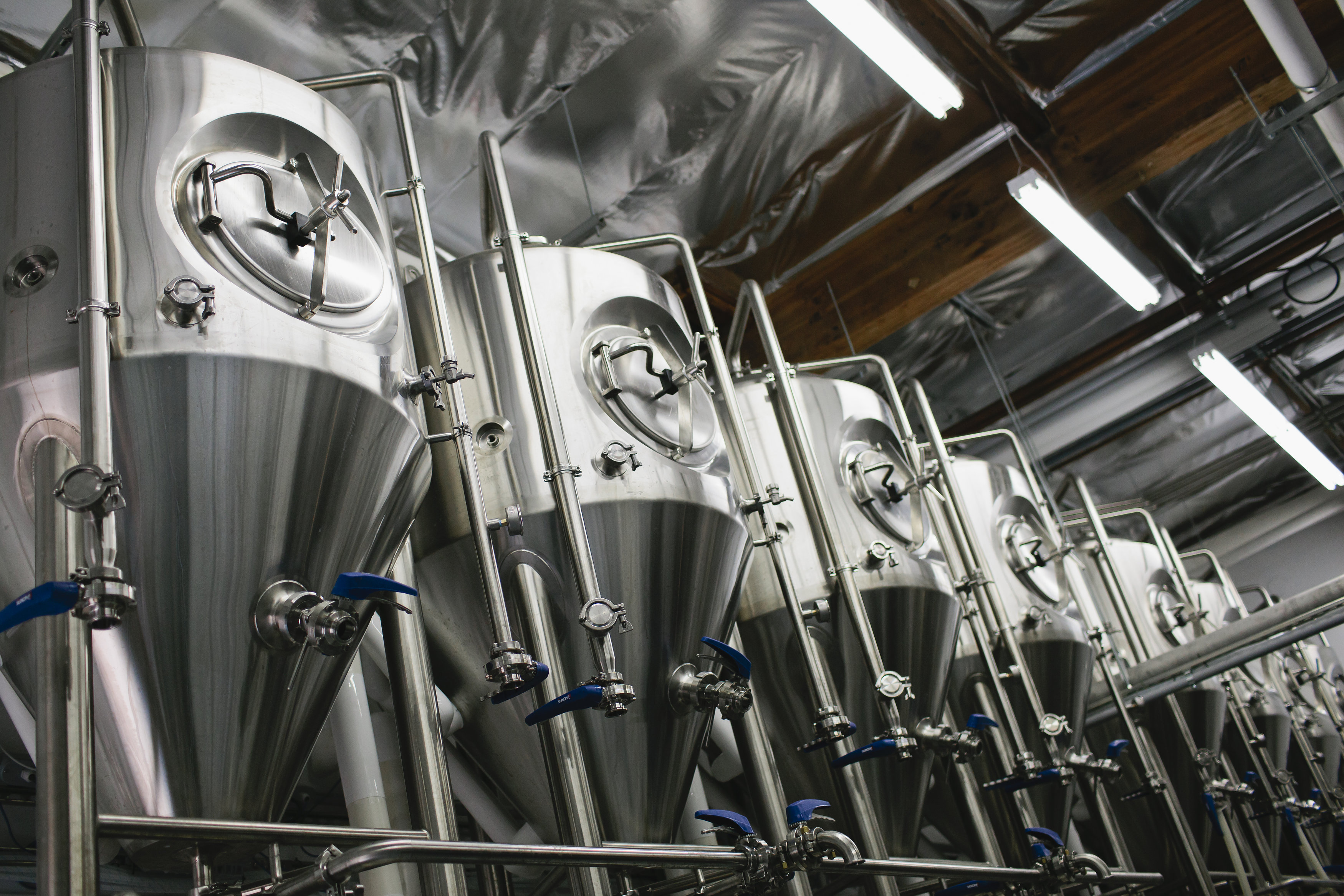Talking Homebrew at Asheville Brewers Supply
Category : General
Date : May 27, 2021
Author : White Labs Education Staff
On the Streets with White Labs
As a bunch of beer geeks with roots in homebrewing, we decided to take to the streets and geek out at one of our favorite LHBS. A sunny spring day led White Labs Education & Engagement Curator Jo Doyle to Asheville Brewers Supply to talk shop with homebrewers picking up the ingredients for their next beer.“If you can go to the grocery store and buy a chocolate cake mix and make a decent chocolate cake, you can make a decent home brewed beer. Don’t take yourself too seriously and have fun.”
- Jim Cope, Asheville Brewers Supply
Fermentation at Home
The common theme of our conversations was creativity. It seems most of the brewers we spoke with are looking to create beers that don’t fit a traditional style category (margarita black IPA with squid ink anyone?). The creative outlet of being able to craft the perfect beer fit to your tastes was a commonality along with a passion for fermentation.Yeast starters are often a popular topic of conversation when geeking out about yeast and fermentation. We asked the brewers if they make yeast starters and if so, why?
See our video on yeast starters here.
Both Trevor Sharp and Brian Dory who we met outside of the homebrew shop prefer skipping a starter and pitching lab-grown yeast directly into their wort. Pitching lab-grown yeast may see a slightly longer lag time (only by a few hours) when compared to pitching a starter but additional fermentation kinetics should remain the same.
White Labs yeast is sold in pitchable quantities and while a starter can be beneficial, it is not required. See our pitch rate calculator for pitch rate suggestions.
Controlling Temperature is Critical for Consistent Flavor Production
Temperature plays a critical role in fermentation. Warmer temperatures will increase flavor production and if uncontrolled will lead to undesirable flavors and aromas. Too cool of temperatures and the yeast may be sluggish resulting in under attenuation.We asked the brewers how they handle fermentation temperature control and learned that Kerry Kenemer built a fermentation chamber out of an old antique captain’s liquor cabinet. It’s deep enough to hold two fermenters. He lined the walls and door with an insulation board and attached terrarium heating wire to the walls, with a thermostat control outside. He says it works really well for warming his otherwise 58° basement, even in the summer.
Stories from the Homebrew Shop
It’s always great geeking out with fellow brewing enthusiasts and we hope you check out our newest video Tips from The Pitch video Talking Homebrew at Asheville Brewers Supply!- TECHNICAL
- April 4, 2024
- TECHNICAL
- November 16, 2023
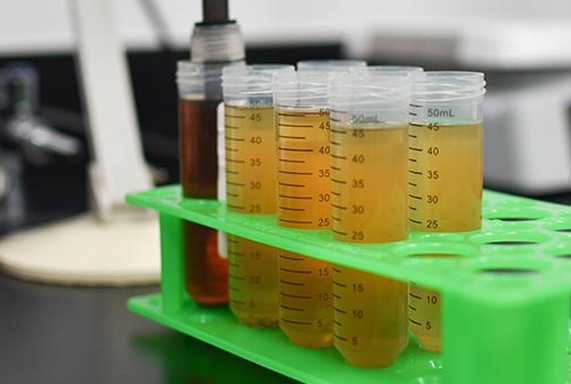 Yeast & Bacteria Bank
Yeast & Bacteria Bank
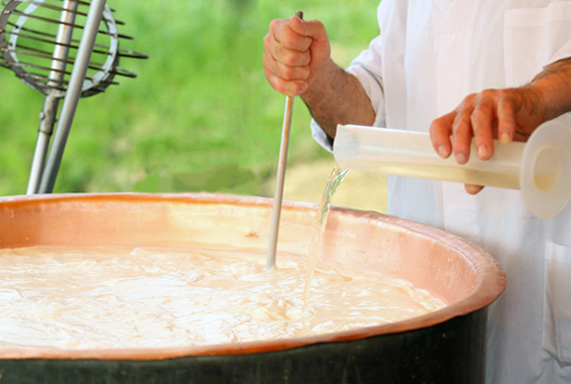 Enzymes & Nutrients
Enzymes & Nutrients
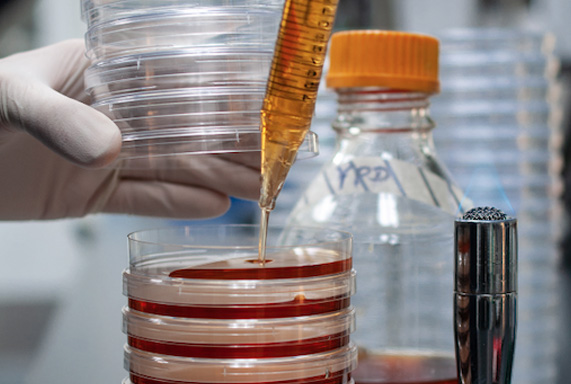 Lab Services
Lab Services
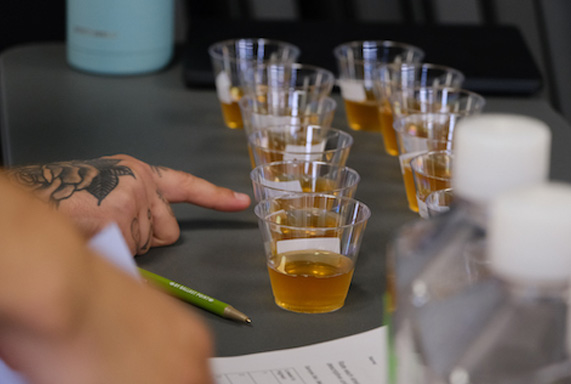 Education
Education
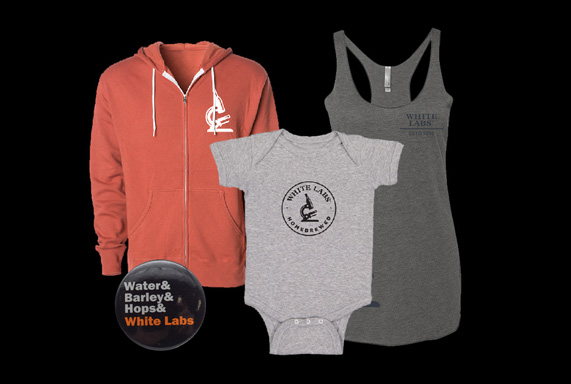 Merchandise
Merchandise
